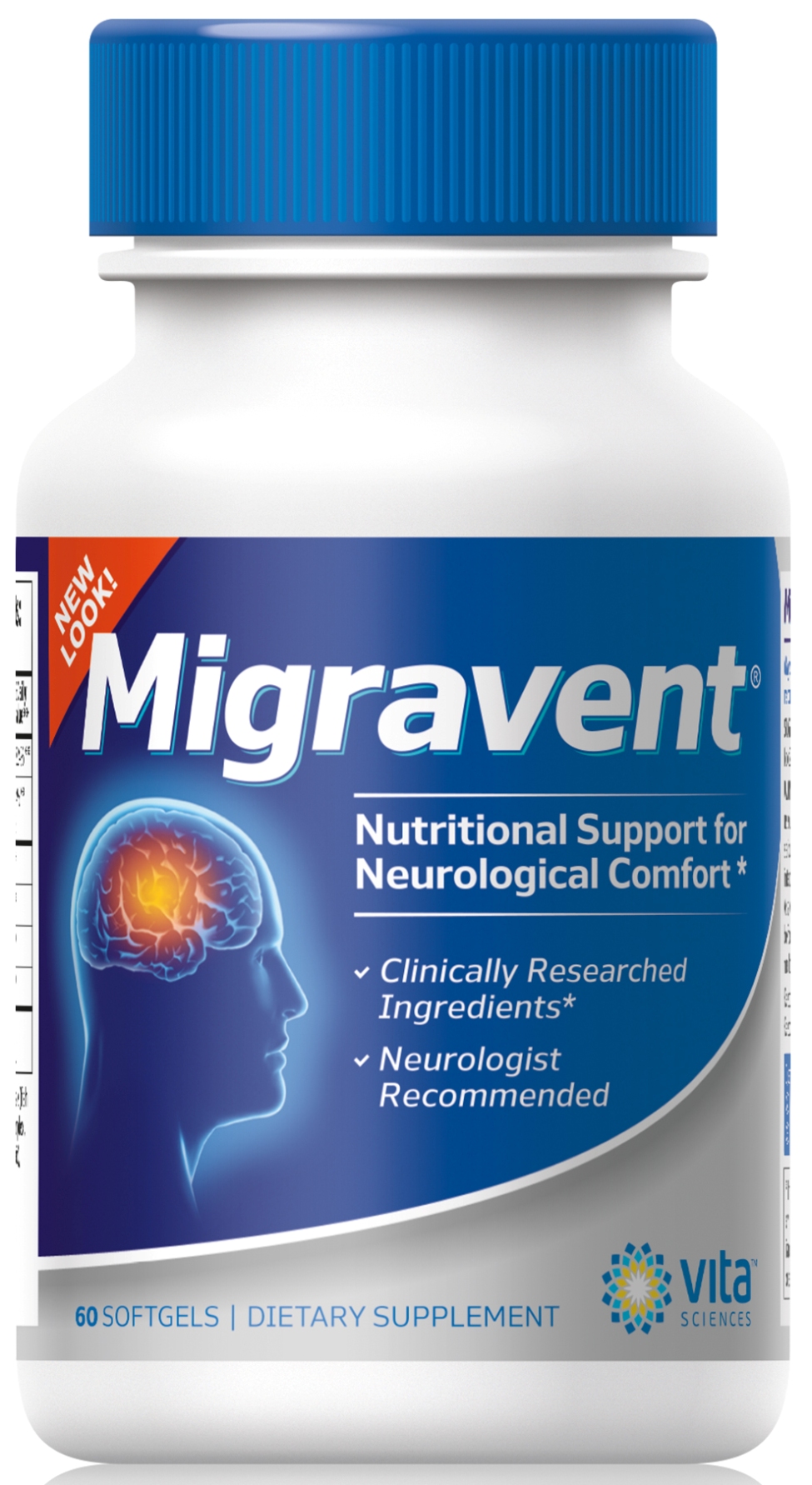Increasingly, migraine patients are finding relief by avoiding foods containing gluten, leading researchers to wonder if celiac disease may be comorbid with migraine disorder, or if gluten, found in grains such as wheat, barley, and rye, is simply one of hundreds of migraine headache triggers in food, along with chocolate, wine, and dried meats. Here are some facts about gluten and its impact on migraine attacks.
Migraines and the stomach
Migraine symptoms include more than incredibly strong headaches- any migraine sufferer can attest to the fact that when a migraine attack strikes, she’s in for many hours of nausea, stomach cramps, vomiting, and overbearing fatigue, in addition to other debilitating symptoms.
For years, migraineurs in-the-know have learned how to reduce attacks by following a migraine-friendly diet, including avoidance of gluten, which although lacking evidence, seems to exacerbate headaches and increase your likeliness for having a migraine attack.
Now, the evidence is in- recently, US researchers have found a definitive link between chronic headaches and stomach disorders such as celiac disease, adding credibility to the claim that gluten-free dieting may substantially improve the lives of people suffering from chronic, daily migraine headaches.
New Research Links Migraines with Celiac Disease
After reviewing health records of 502 test subjects, researchers found a high incidence of chronic headaches- 30%- among patients with celiac disease, 56% in sufferers of gluten sensitivity, and 23% of all people who had IBD (inflammatory bowel disease).
Scientists speculate that the increased risk for migraines in people with celiac and IBD indicate proof of a neurological aspect of a disease thought to be primarily gastrointestinal-based.
“Our findings suggest that migraine is a common neurologic manifestation in celiac disease, GS (gluten sensitivity) and IBD,” said Dr. Alexandra Dimitrova, co-author of the study on migraines in patients of celiac and gluten sensitivity.
Celiac disease or gluten intolerance?
In choosing a proper tactic for migraine-friendly dieting, people often get confused between celiac disease, gluten intolerance, and wheat allergies. Here are the fundamental differences:
•Celiac disease is an autoimmune disorder, and the only viable treatment is avoidance of all foods containing gluten, including products that have byproducts of wheat, rye, or barley, or have come into contact with gluten. To prevent migraines caused by gluten, check package labels carefully.
•Wheat allergy is an immune system overreaction to all foods containing wheat, regardless of gluten. All other grains are safe, including barley and rye. If you suspect your headaches are influenced by wheat, then try substituting potato starch, rice flour, or oats in your cooking.
•Gluten sensitivity involves debilitating symptoms that occur as a reaction to gluten food products where celiac disease is not diagnosed; migraine headaches, stomachache, diarrhea, and nausea are common symptoms of gluten sensitivity.
Your turn!
Do you have any questions or suggestions? Please leave your comments below.
Share with your friends!
If you found this article helpful, then please share with your friends, family, and coworkers by email, Facebook, or Google+.
Like this? Read more:
Is Gluten Sensitivity Giving You a Headache?
Treat Migraine Headaches caused by Food Allergies- without Drugs
Sources:
Migraines More Likely for People With Celiac Disease, Study Says
Image(s) courtesy of Sura Nualpradid/Free Digital Photos



